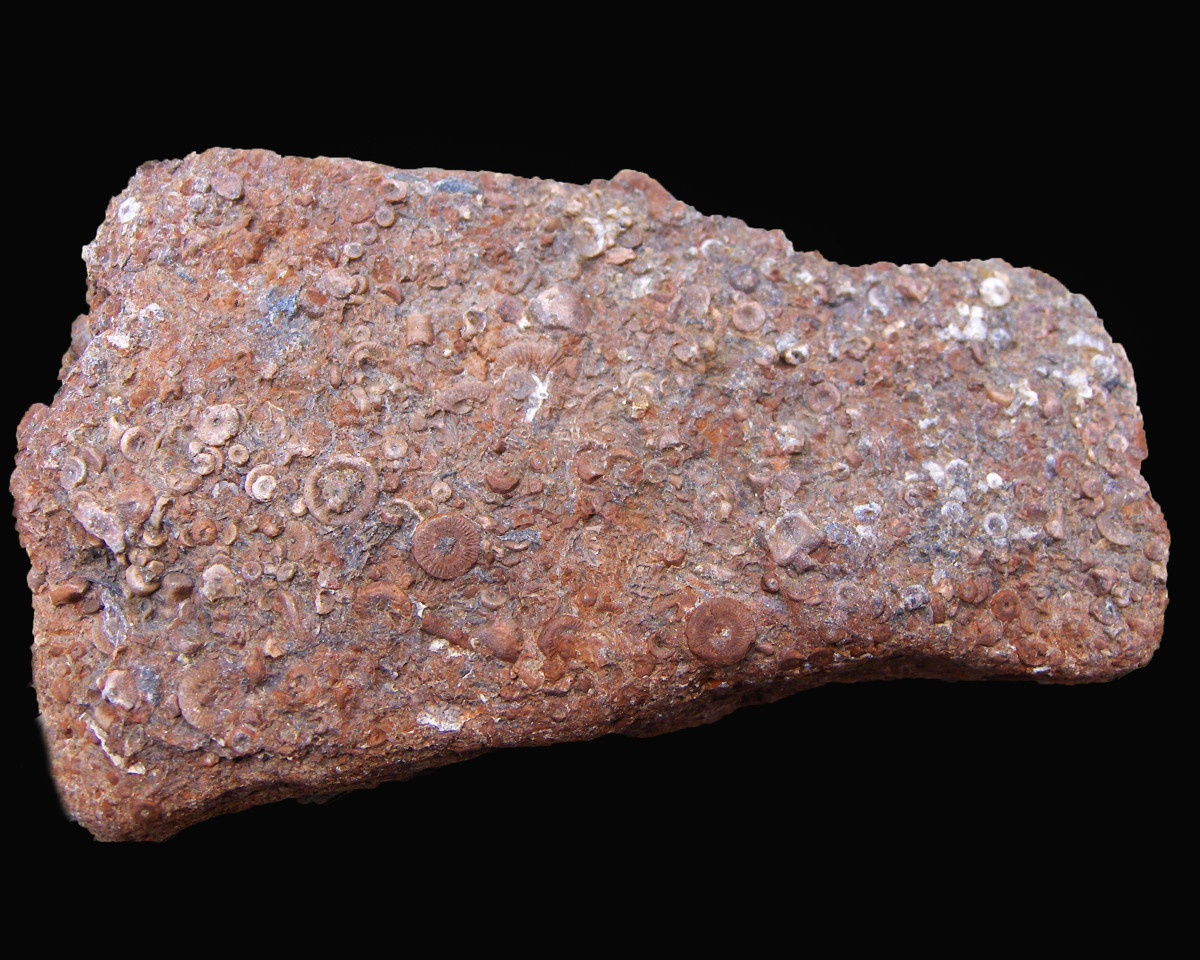Cicada Evolution

Cicadas Cycle of Life
The cicada insect has species that surface every Spring and there are the Magicicada species that emerge in mass droves at the end of multi-year cycles. They remain underground in the larvae stage during this period of time and feed on the sap from tree roots. Every 13 years in the South and 17 years in the North the cicada surface from their tunnels and walk up trees.
Young cicadas emerge at dusk and walk up the tree while splitting from their exoskeleton shells that take two to three hours to shed. By the time dawn arrives their wings are in position, their bodies have filled out and they are able to fly. It is advised to trim back branches that are close to the house and to buildings.
Cicadas on the East Coast in Spring 2013
During the spring of 2013, the cacophonous group is expected to emerge swarming North Carolina to New England. They are the offspring from the last emergence in 1996. Their bodies have a dark tone, their eyes are bright red and the wings have red veins. Female cicadas live longer than the males as they lay and hatch eggs for up to six weeks.
The Song of Cicadae
The sound organs require four to five days to mature before they can begin to sound the mating call. Male cicadas appear first and sing a mating call to lure the females to surface from below the ground. Their sound is the loudest song known in the insect world.
This all-male chorus can reach sound levels of 95 decibels and is continuous. We can get an idea of this level of sound by comparing it to other common sounds. For example, the sound of an average lawnmower measures 90 decibels, normal conversation measures 60, a motorcycle 30 feet away measures 88 dB, a car horn is 110 dB, and a jet engine 100 feet away at 130 dB. It is recommended to limit the sound exposure of 100 dB to a maximum of 15 minutes to prevent hearing loss. Exposure to over one minute of 110 dB of sound risks permanent hearing loss.
The early European settlers in North America equated them with the plague of locusts because the bible mentions how locusts would emerge and swarm. However, the two insects are different and cicadas are more similar to aphids. The North American settlers noticed how they were eaten by the Indians and many global societies consider them a delicacy as they are low in fat and high in protein.
Cicadas neither bite nor sting and cause very little, if any, damage to the environment. During their appearance in 1987, reports were told of people frying and boiling them, as well as adding them to soups, pizza and stir-fries. Cicadas are collected as a food in the middle of the night as they appear from their burrows.
At the nymph stage their skin hasn't had time to harden or toughen and they are similar to soft-shell crabs. They may be dropped into a pot of boiling water or broth and boiled for about one minute. The taste is said to be like asparagus or clam chowder.
Cicada Cookies
Make cookie batter using 8 oz. of chocolate chips (batter recipe is usually on the bag) and 25 frozen cicadas which contribute a mild nutty flavor, protein and fiber. Pull off the wings and legs discarding the legs and set the wings aside for garnish. The heads may either be kept for added crunch or discarded.
Combine the wet and dry batter ingredients and stir in the chocolate chips. Add a tablespoon of milk if batter is too dry. Mince the cicadas and stir to incorporate well into the mixture. Drop onto greased cookie sheet in large spoonfuls. Top with three to four wings per cookie.
Bake in preheated 375 degree oven for eight to eleven minutes.
Cicada Tacos
Fry or saute' about 1/2 pound of cicadas in butter or oil; chop onions, peppers and tomatoes. Remove cicadas from skillet and roughly chop into 1/4" pieces and return to skillet.
Add chopped vegs., 3 tsps taco seasoning, sprinkle with cumin, oregano, salt and pepper to taste and fry for another five minutes on medium low heat.
Serve in taco shells or wrapped in tortillas and top with sour cream, chopped cilantro, and shredded lettuce and cheese.
Food for Creatures
Other creatures that feast on cicadas are snakes, birds and spiders. While dogs and cats also enjoy them, large portions may cause an upset stomach due to the hardened skins. Also, dog's digestive tracts can become blocked after consuming too many of the hard skins. Cicadas can be stored in the freezer and can be given to dogs as treats.
During the few weeks before cicadas emerge, shrews and moles feed on the larvae.
Cycle of Life
While the male life cycle ends soon after mating, female cicadas lay 400 to 600 eggs in 40 to 50 nests generally on the branches of mature trees for a span of four to six weeks. The eggs hatch allowing the larvae to drop and burrow underneath the ground beginning a new cycle feeding from the root sap.
Young trees and shrubs may be subjected to minimal damage and egg-laying may harm some twigs and leaves on older trees. Typically trees will rebound and pruning back some branches may be all that is needed. After five to six weeks the remains of both genders of the adult cicada may be dense on the ground and leave a peculiar odor. This is organic material that provides good nutrients for the soil.
Cicada Populations
Cicada populations have numbered 1.5 million per acre and for every square mile that translates in weight to 800 tons of cicadas. Their various colonies are referred to as broods that occupy certain geographical areas. This year's class, Brood XIX, the Great Southern Brood was last seen in 1998 and may range from as many as 15 states across the U.S.
There are three different species that not only look different, each one has a mate call of its own that distinguishes it from the other two species. They also favor a different time of day to sing and if you listen carefully you may be able to notice the difference. They have been described as sounding similar to the word pharaoh; a sizzling skillet; and a rotary lawn sprinkler.
Unlike locust that are part of the grasshopper family of insects, cicadas have wings that are transparent and filter out the sun's ultraviolet rays. They may be on the fence and garbage can and you might even notice them gravitating toward the sound of the lawn mower.
Adult cicadas only consume fluids to prevent dehydration and never eat. They tend to their own business which has primarily to do with mating and laying eggs for new generations to continue the life-cycle. They are very sensitive to soil temperature and may not always maintain their cyclic routines. A mild winter might accelerate the development of an early swarm.
One brood in the Atlantic states in 2009 emerged four years before the end of their cycle. Simultaneous emergence of these two 13 and 17-year cycle species occur only once every 221 years.
Whether you come across a few or contend with a swarm, remember that cicadas are harmless, temporary, rare and edible. Swarms of any insect can be an inconvenient annoyance. As cicada are considered a delicacy, you can turn it into a positive and think in terms of cicada cookies, stir-fry and tacos.
The opportunity to observe them again will be in 13 years. The southern brood of cicada are not anticipated to arrive again until 2024.
Liz Olivia








